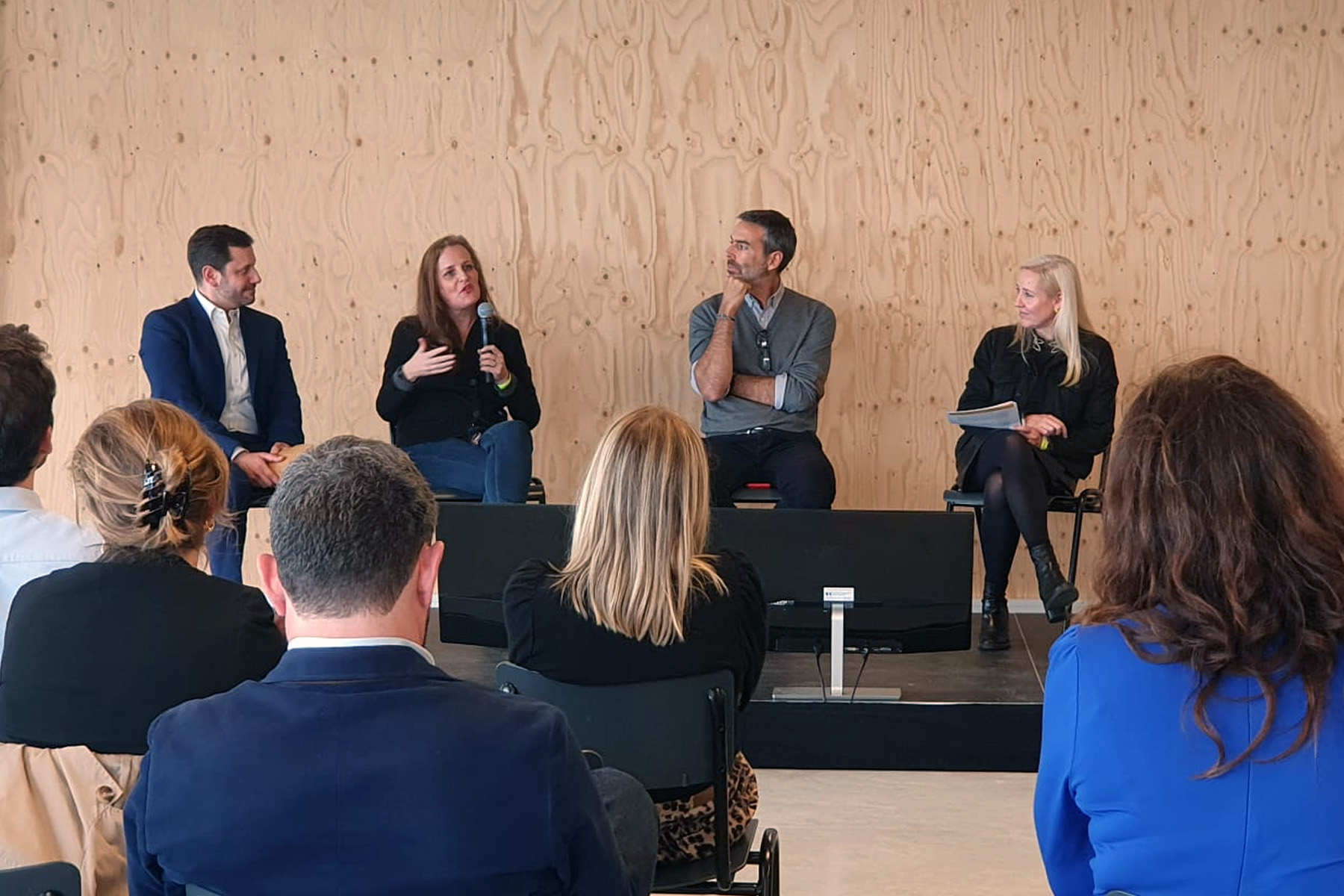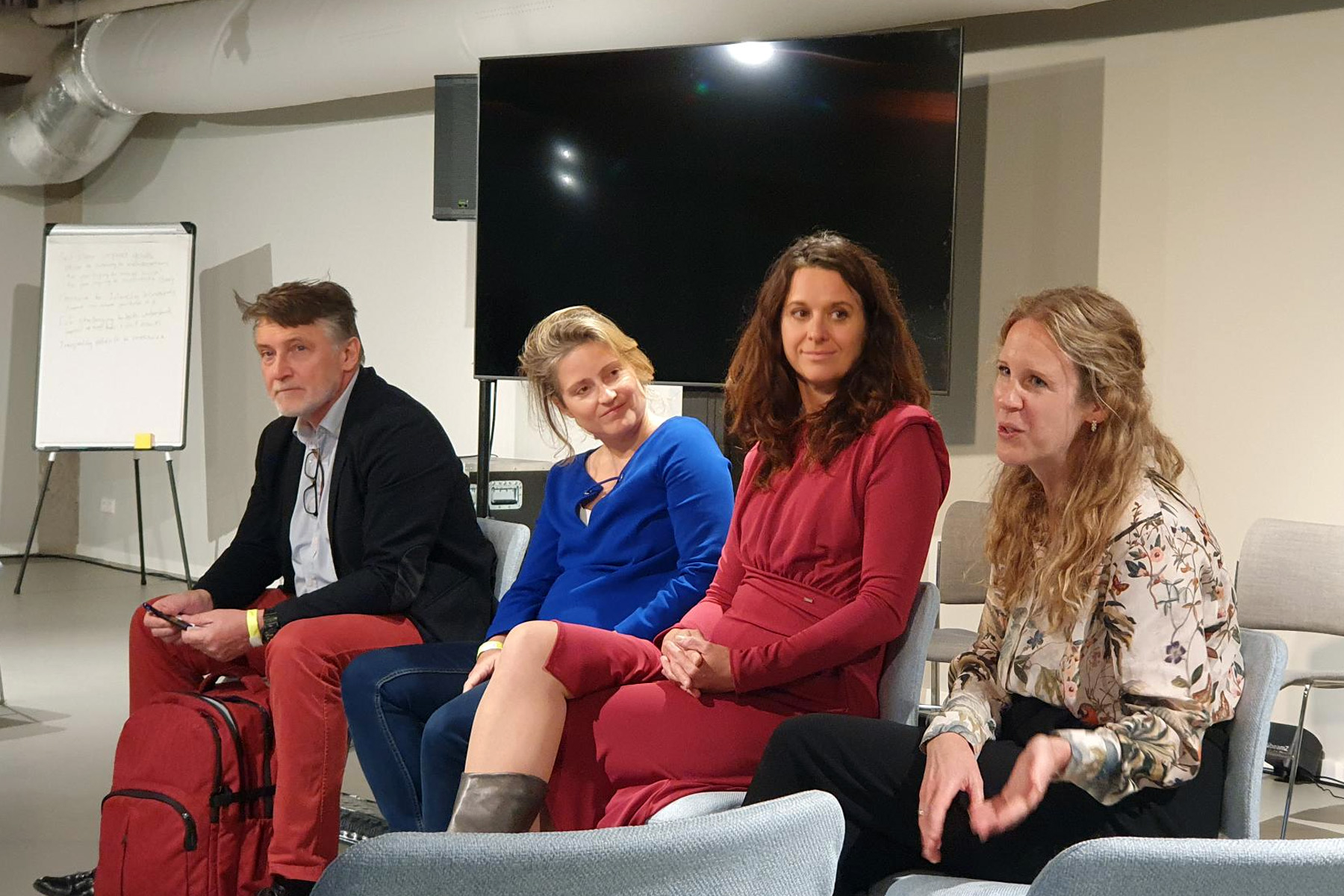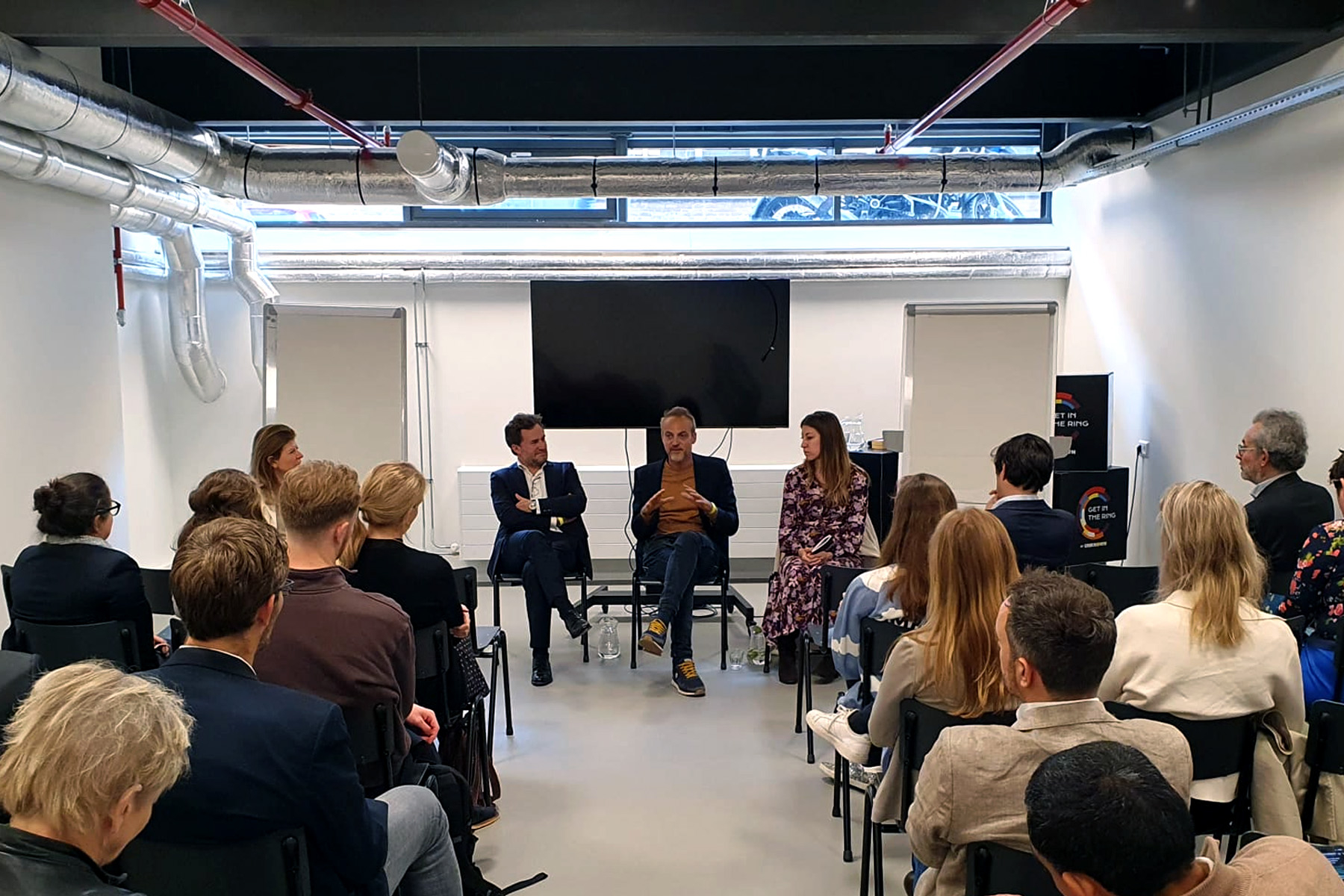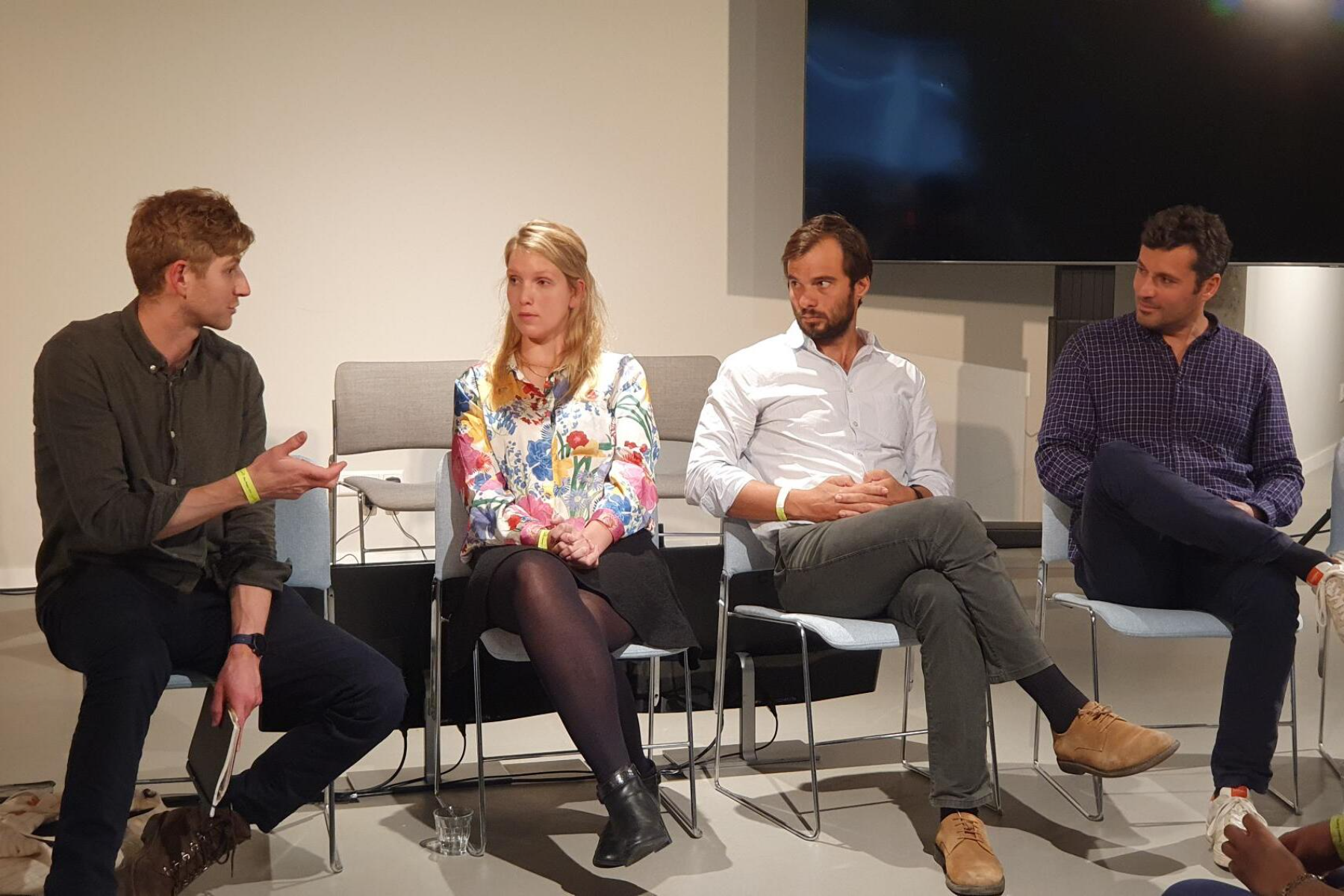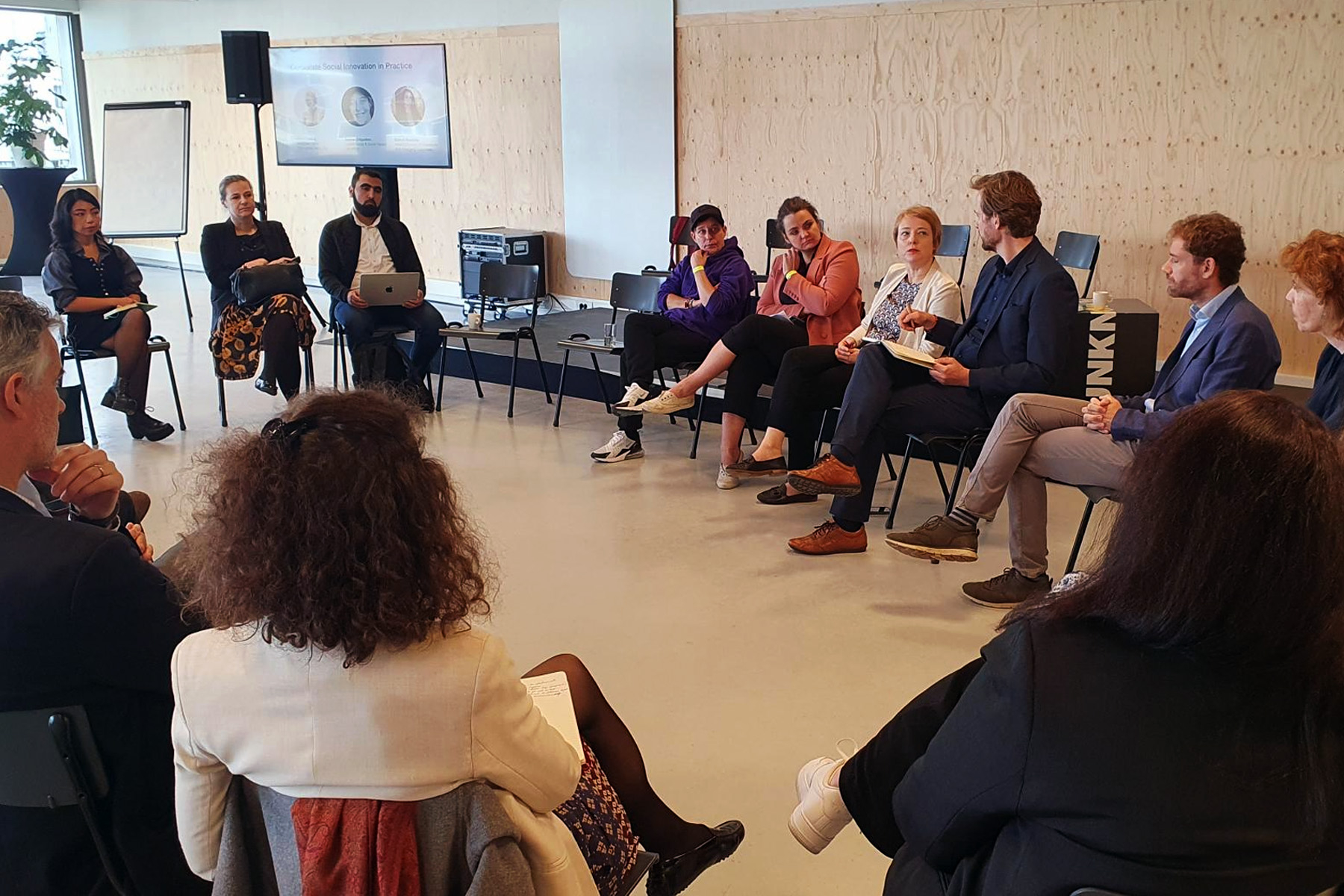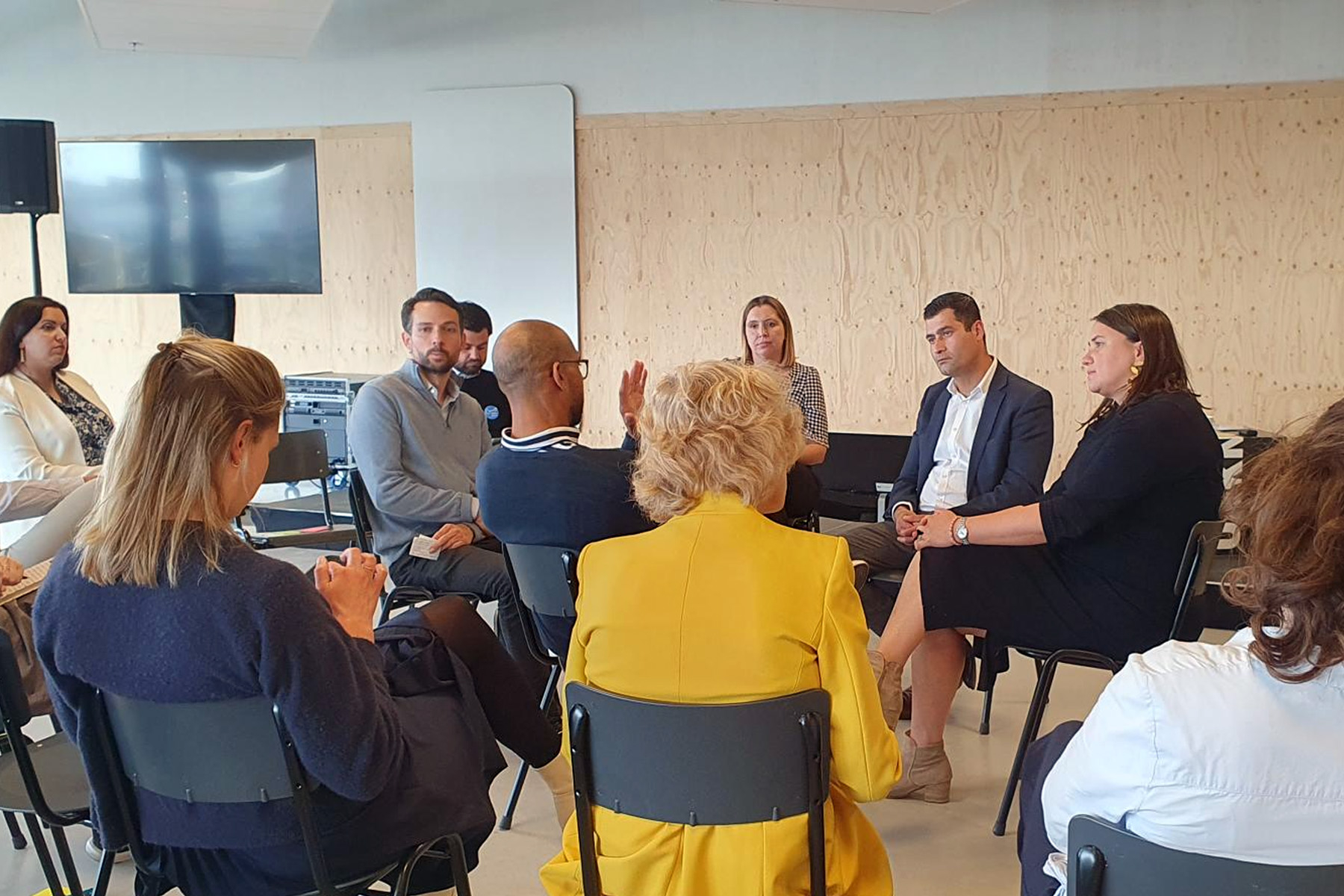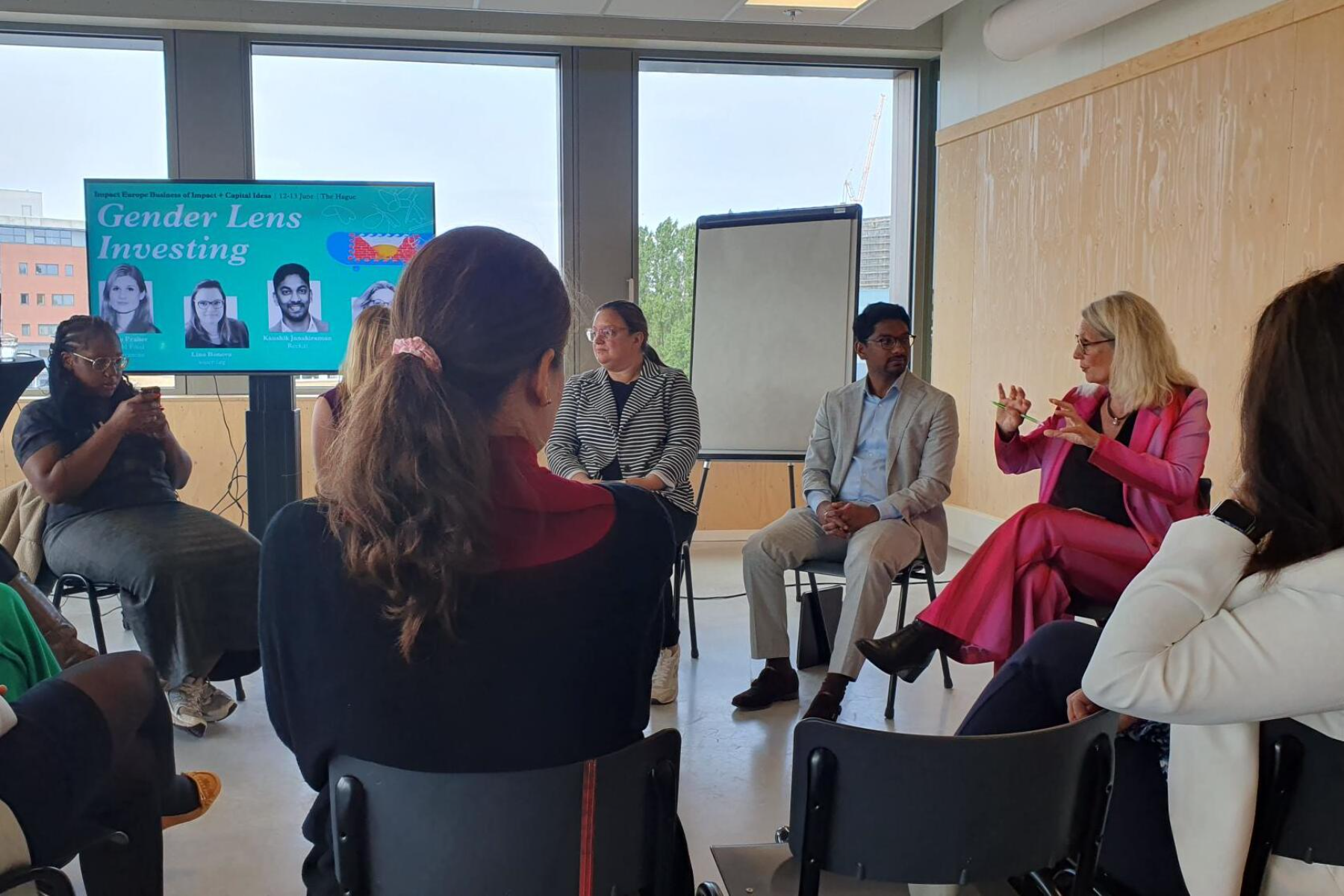Collective Impact for System Change
Competitors collaborate. Sounds like a contradiction? It is true for the panellists that shared their experience on collective impact for systems change during the Impact Transformers conference in The Hague in June 2024.
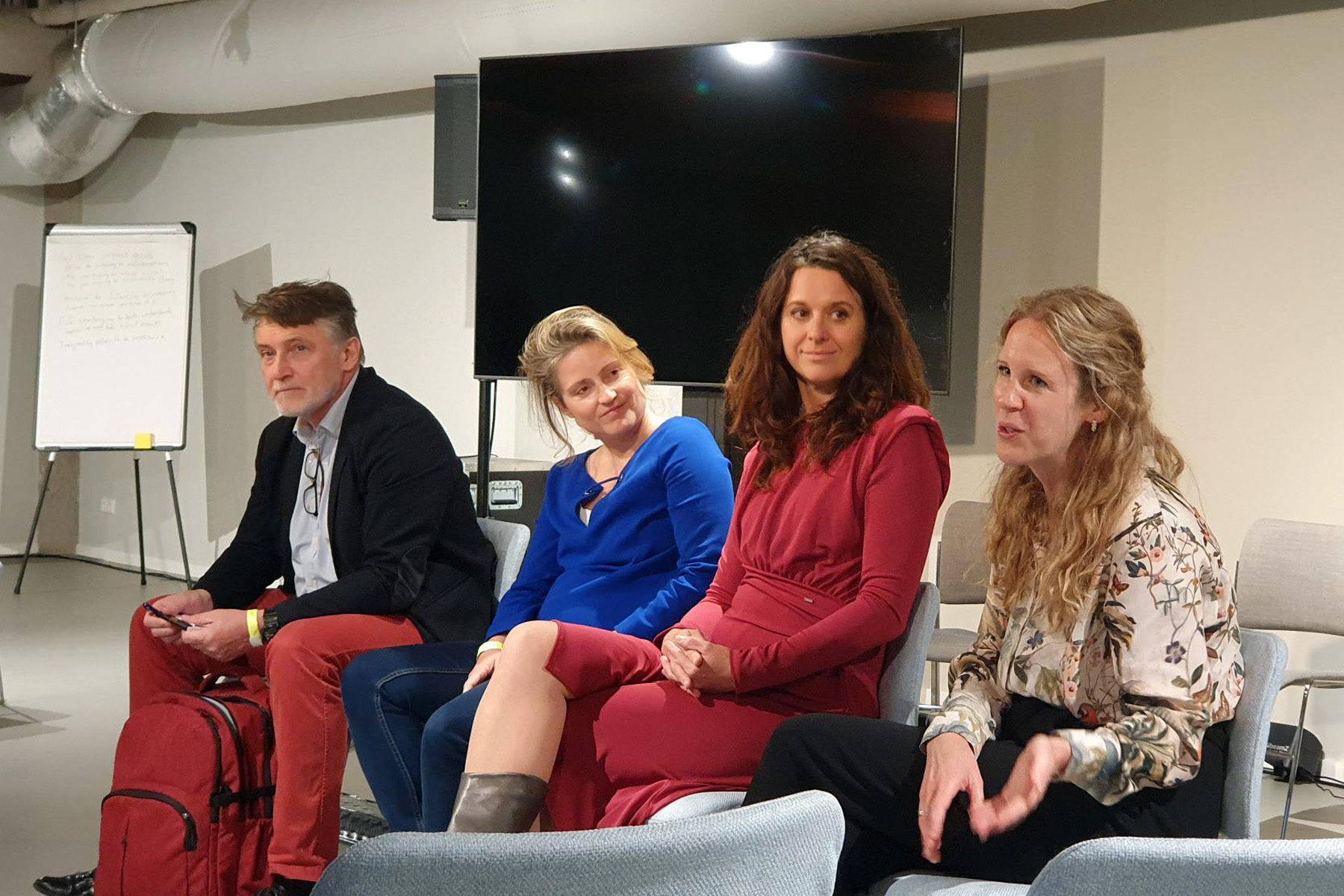
dsm-firmenich works with other nutrient providers in the Millers for Nutrition initiative, which aims to reward staple food processors for good food fortification. In the panel, Yvonne Bakken, Senior Partnerships Manager at dsm-firmenich, explained the motivation to partner with competitors: "We are all working with our respective clients in countries to support staple food fortification at the mill level. But to really make the impact at a large scale to create the public health impact food fortification has the potential to make, we need to work collaboratively across the industry."
Christina Tewes-Gradl of Endeva, who facilitated the Millers for Nutrition partnership, shares: "When we were tasked with the design of the partnership, we quickly realised that the dominant story that millers just had to comply with the regulation was not working. We needed to change the story and put millers at the centre. This kind of systemic change is only possible when a significant part of the industry comes together."
In the discussion with the audience, panellists identified some key success factors for collective impact for system change:
Co-creating the approach generates trust and leverages individual strengths
Clear governance enables decision making, secures accountability and avoids free riding
Aligned metrics, both for the inputs of different partners and for the outputs and outcomes, are critical to steer the initiative
Long-term funding commitments, including from philanthropic donors, create space for an initiative to ripen, experiment, learn and scale
Collaborating with competitors is by no means easy and creates internal question marks and challenges at times. Clearly, companies will only go there if going alone is not an option. Systemic change requires the collaboration of key actors in an industry or ecosystem. With their "Collective Impact" approach, FSG have outlined the necessary structures. "We have found that combining Collective Impact with Theory U as a process to co-create the approach generates the best outcomes," adds Christina Tewes-Gradl.
Yvone Bakken concludes: “While it takes time, this type of collaboration adds up to more than the parts. Together, we gain greater public health impact, focus on quality and more awareness of the benefits of fortification."

